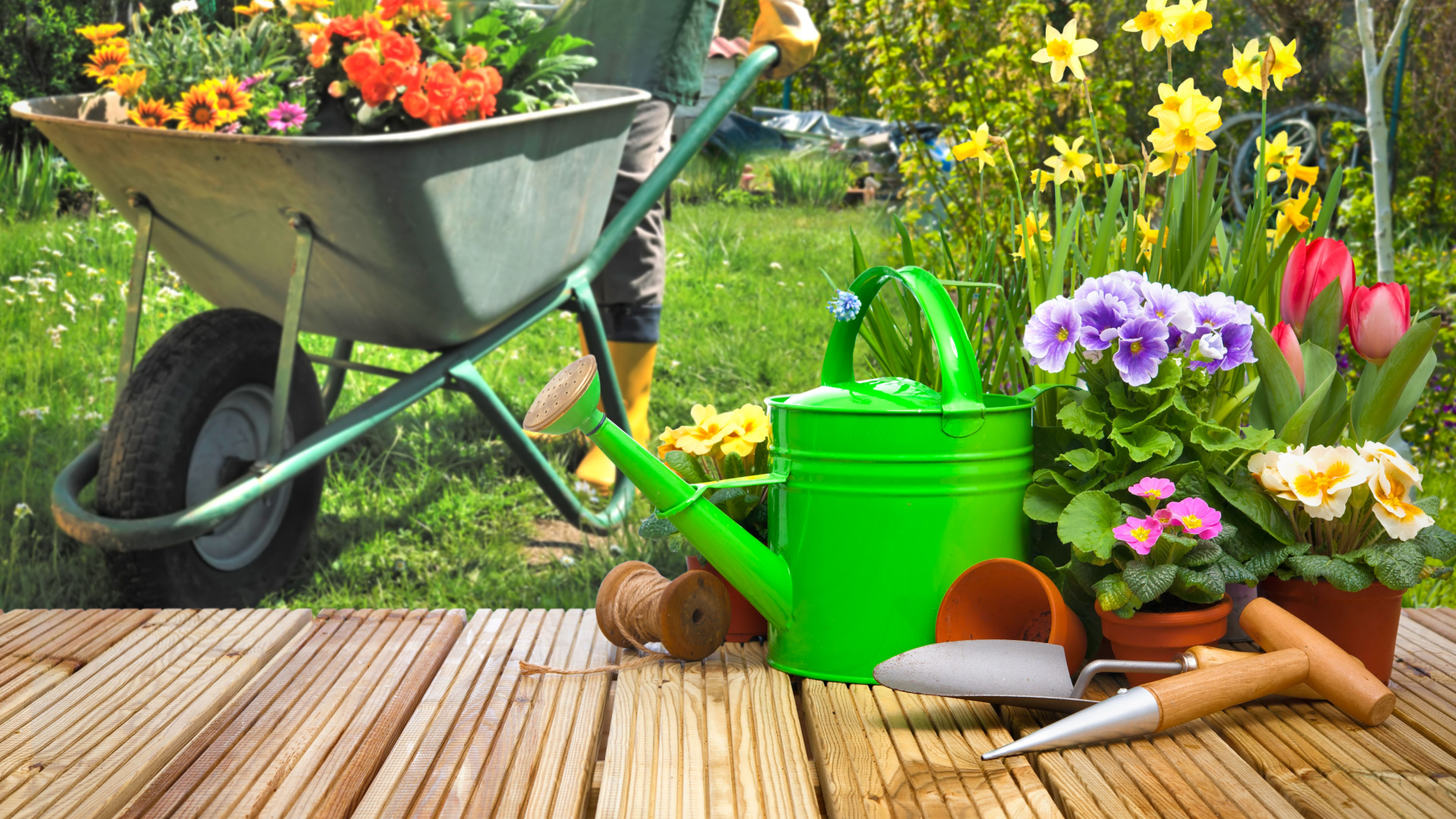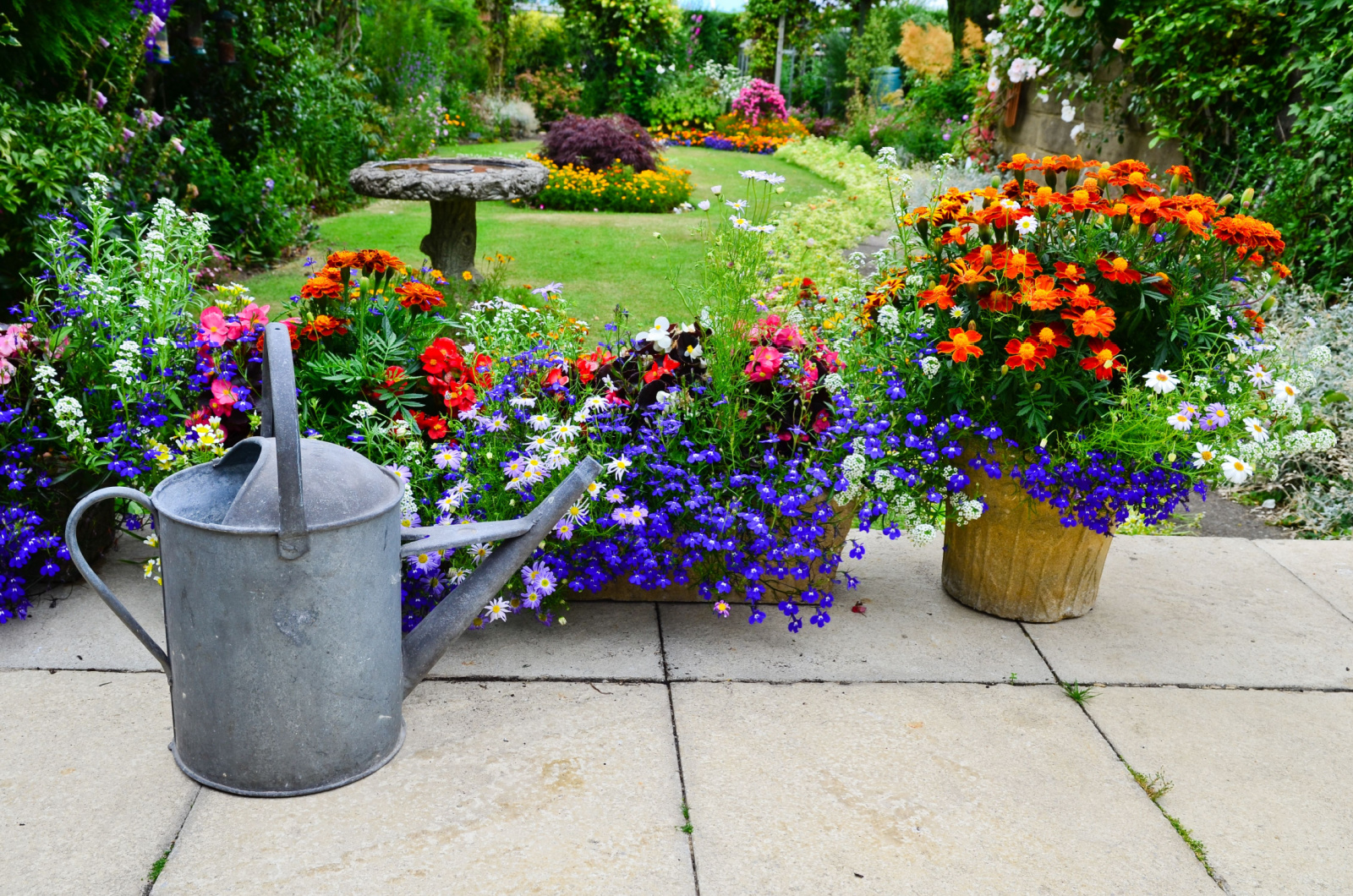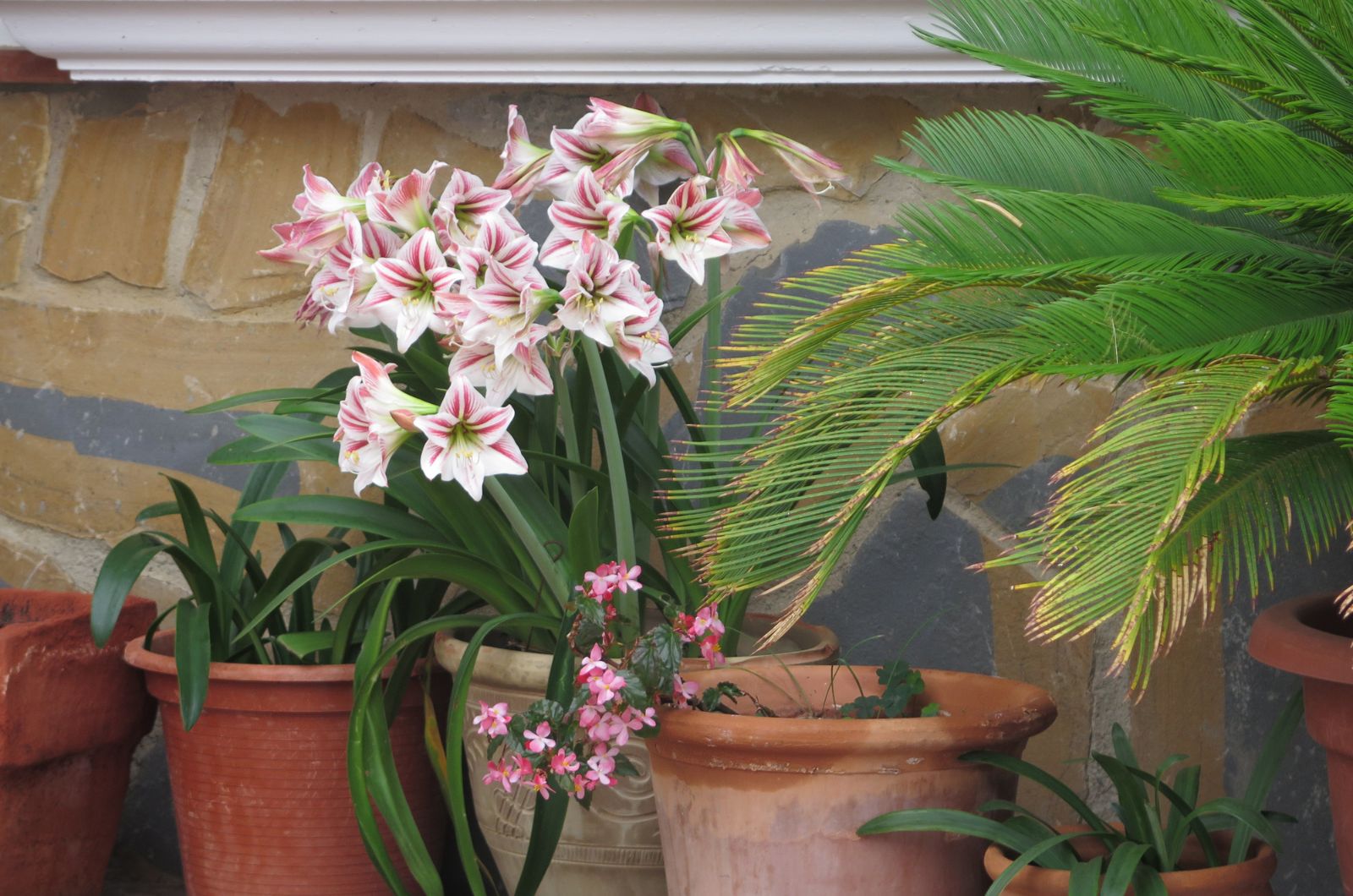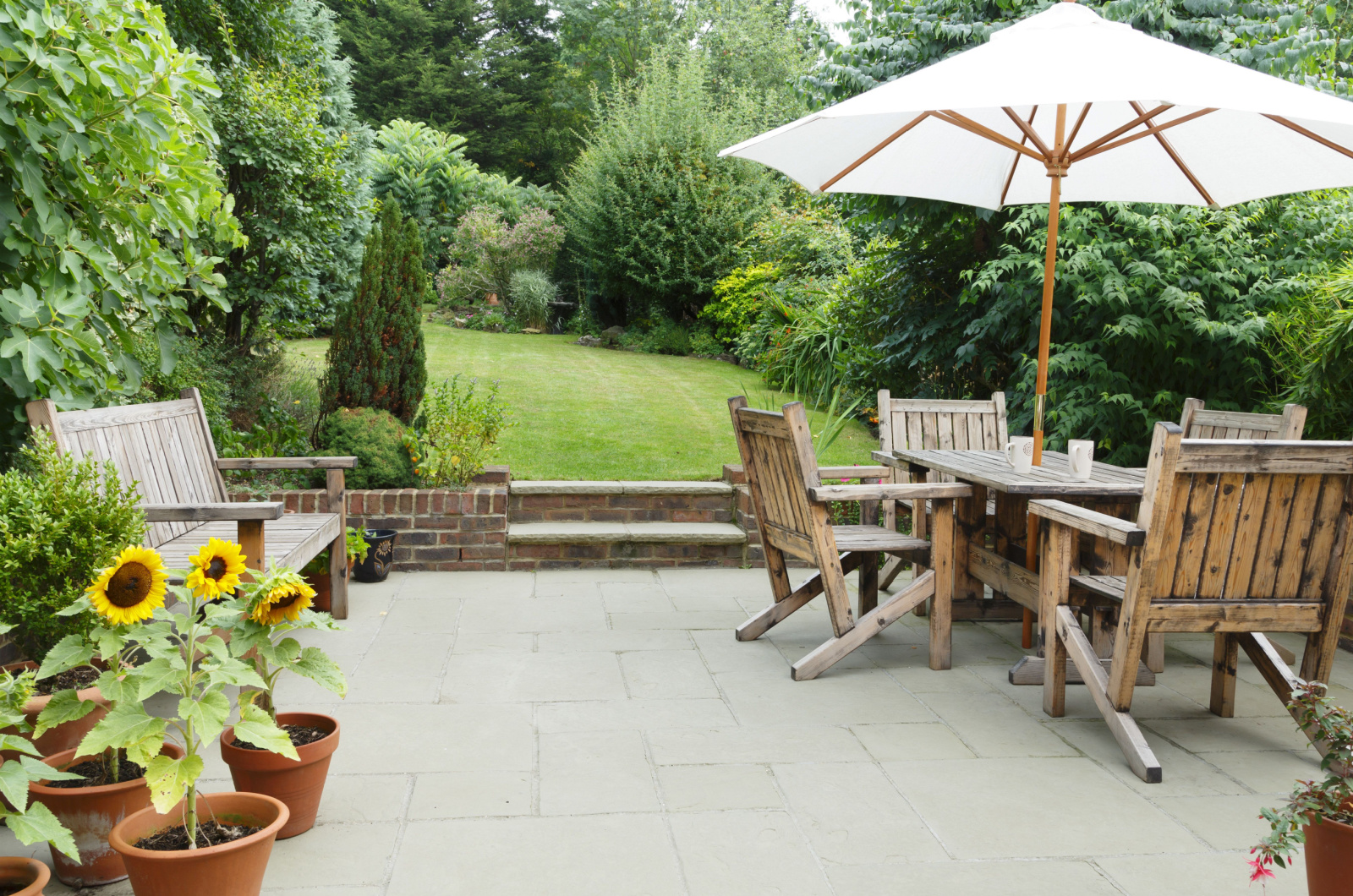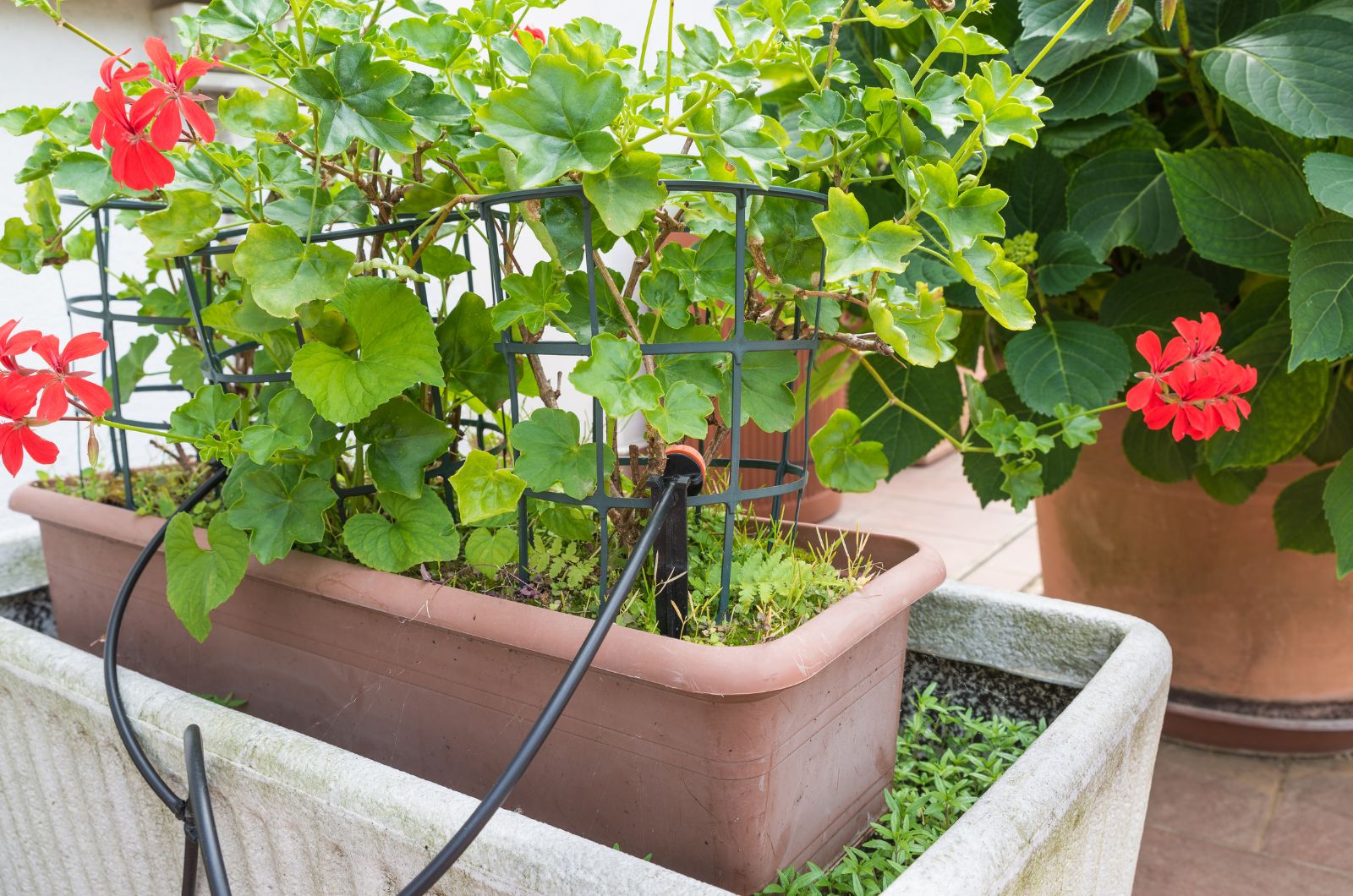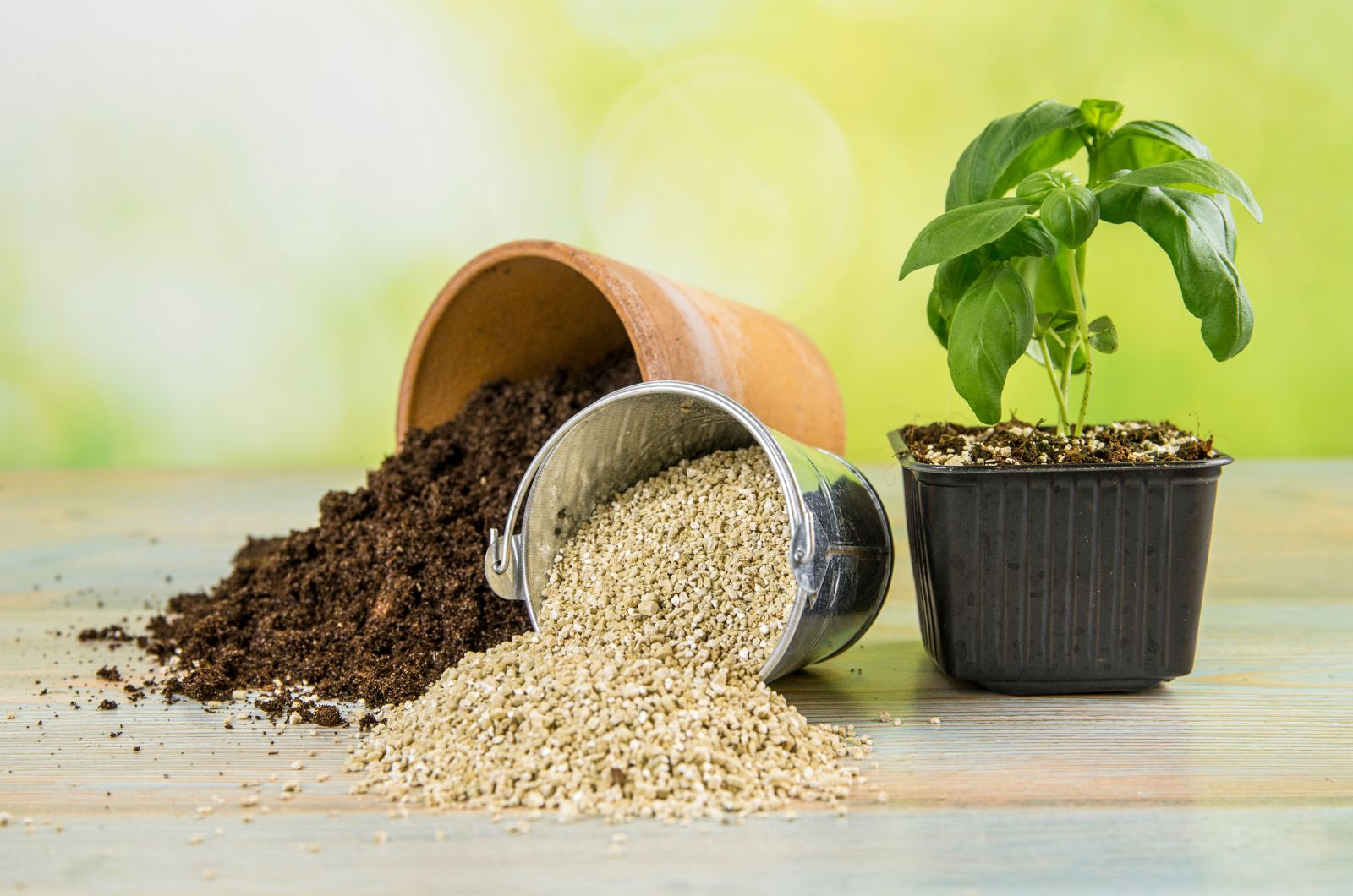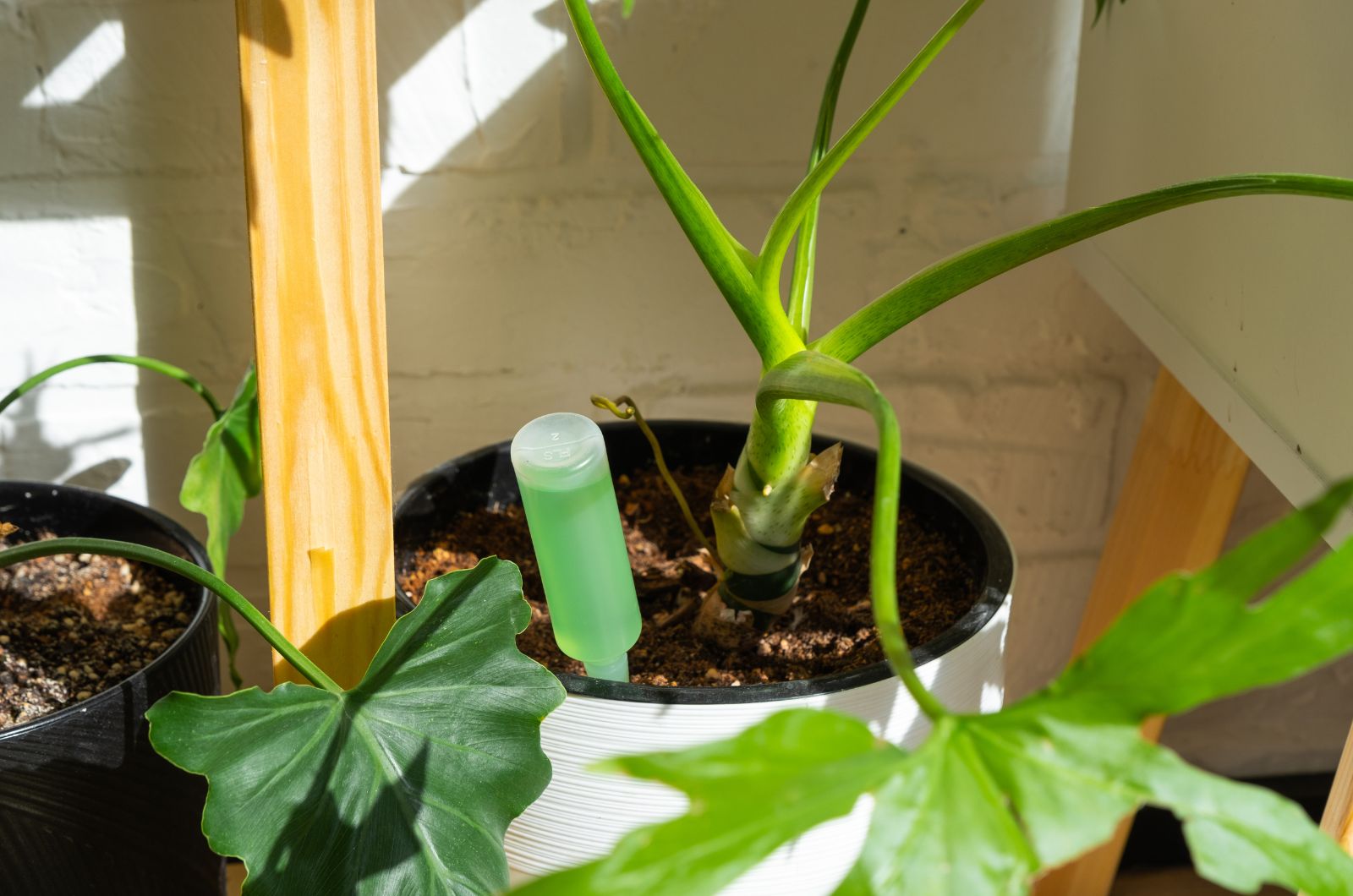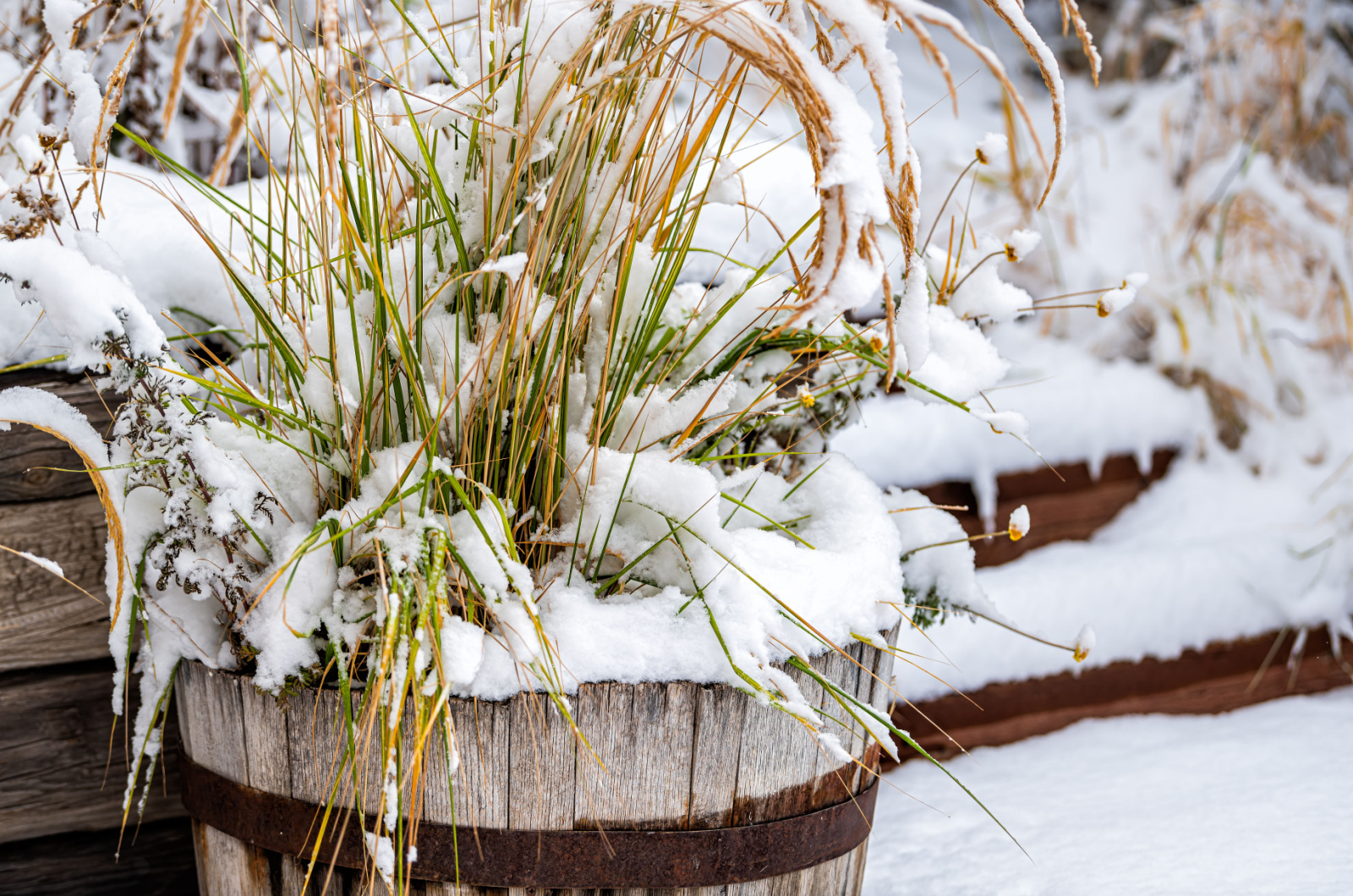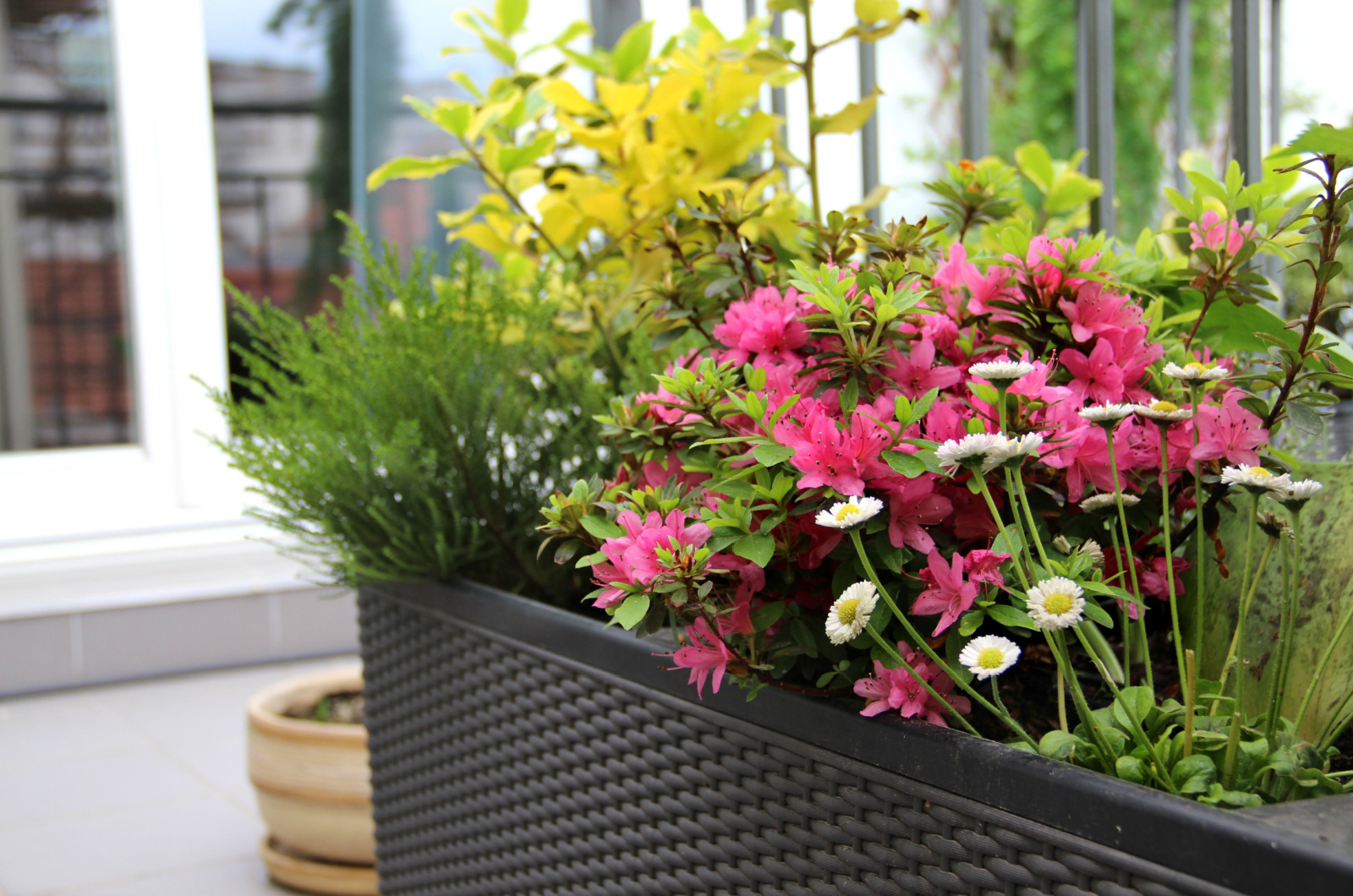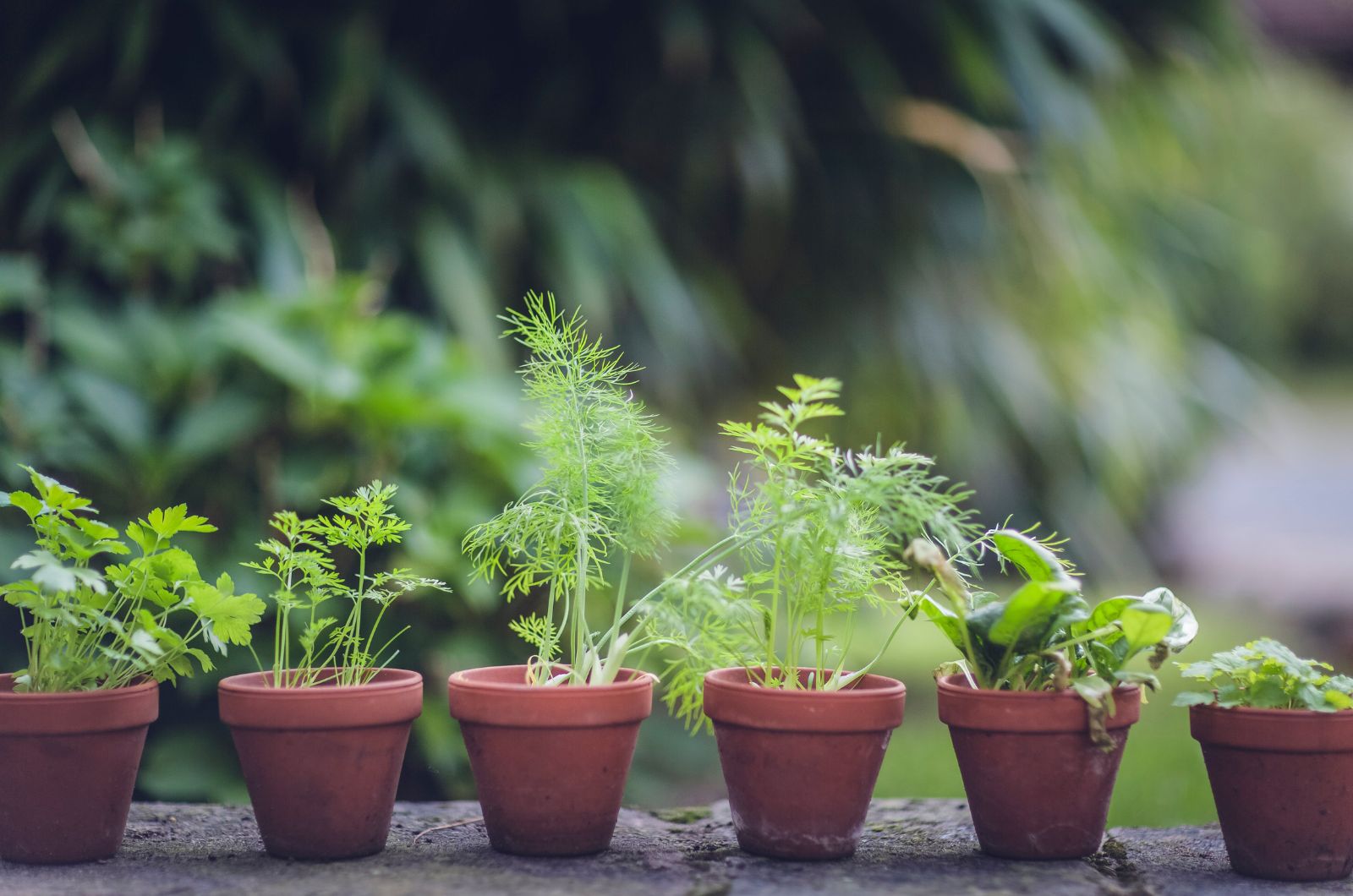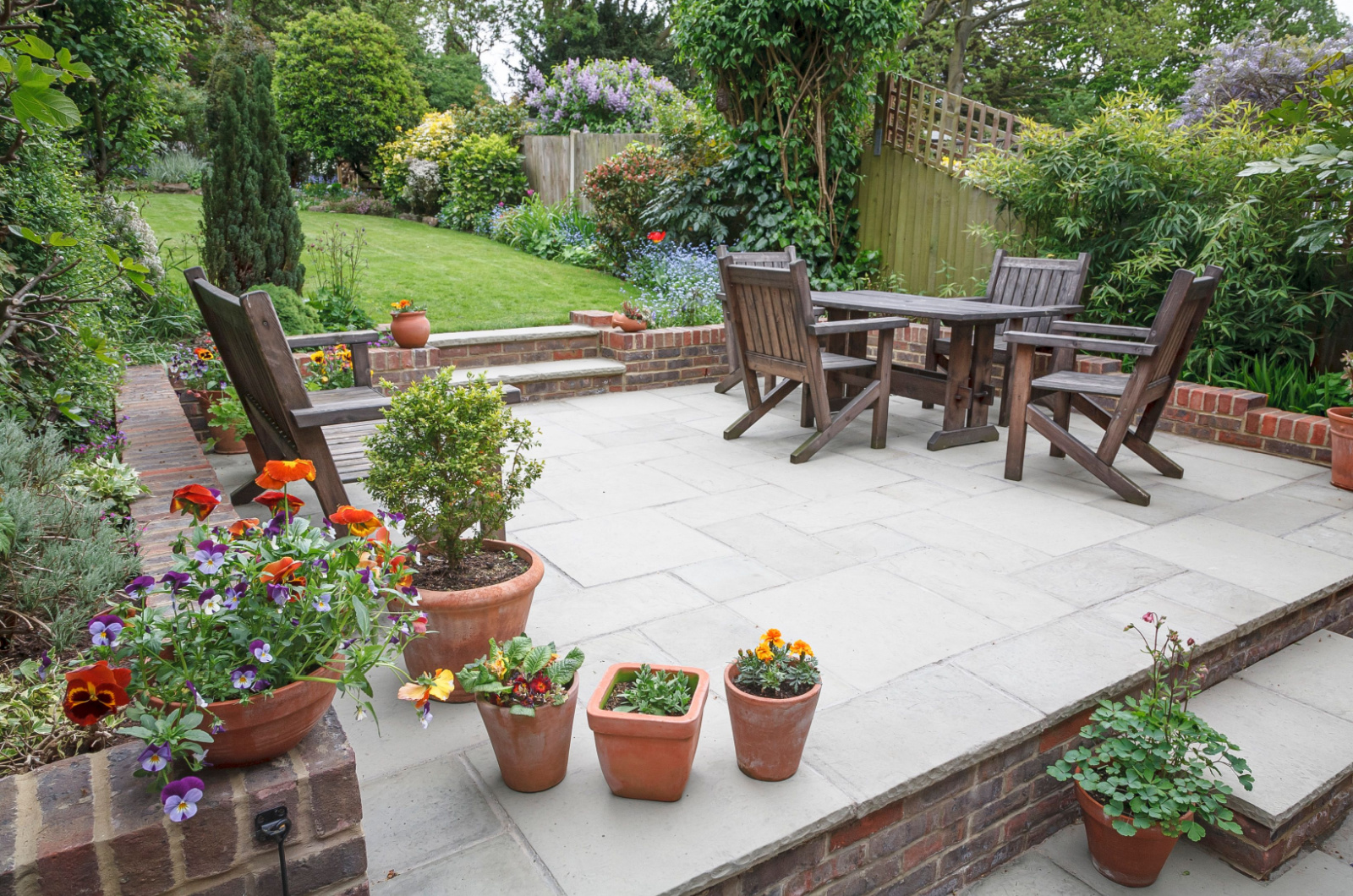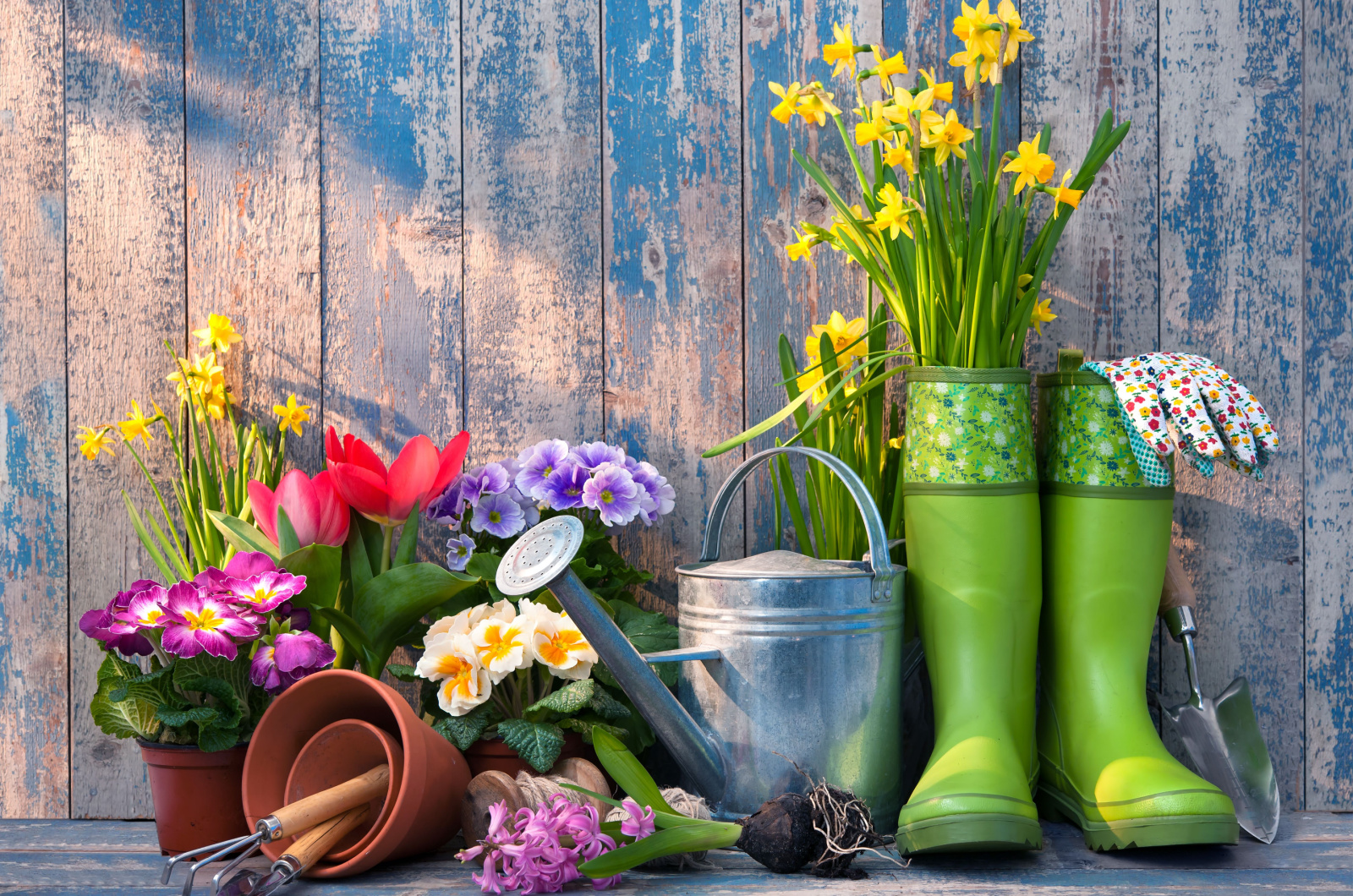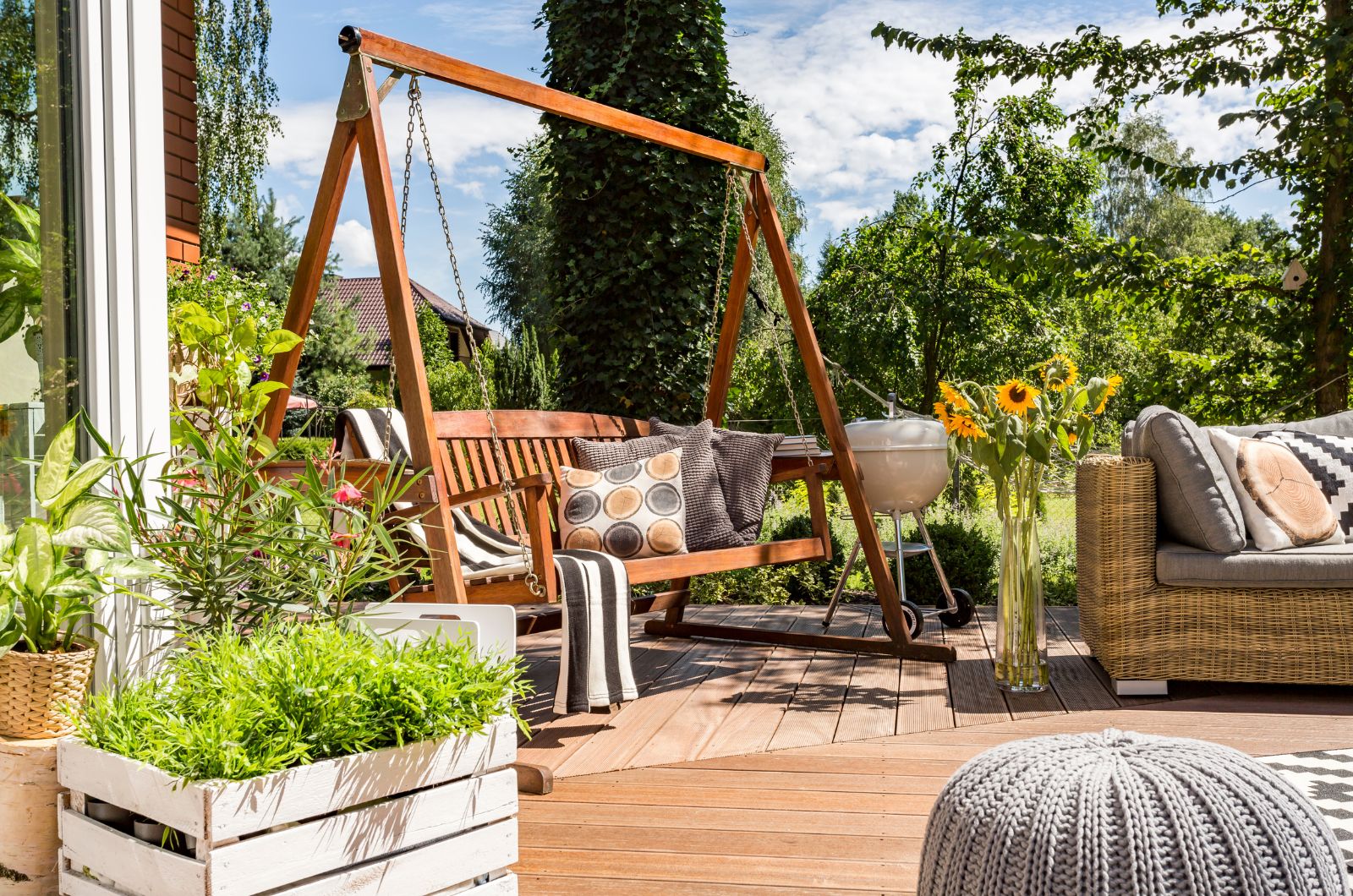The true beauty of gardening is that you don’t need a lot of space to grow your flowers, vegetables, and herbs. You can create a green oasis on your deck, balcony, or even a patio!
All you have to do is make some amendments. You’ll need some pots, a way to water your plants, and an affinity towards unique designs.
Once you gather all your equipment, you can start your deck garden. Here are some tips that can help you in the beginning!
Let’s get started!
#1 Look At The Space Holistically
Floors are one of the most important parts you should look at for plants on your deck, but they’re not the only ones.
Consider the railing, walls, and ceiling. You can incorporate hanging baskets, window boxes, and shade-tolerant climbers that will lift up your deck display.
#2 Choose Proper Pots
Go with containers that provide enough room for your plants to grow and that have adequate drainage. There are great terracotta planters out there, but you don’t have to get them if you don’t like their looks.
Here are some other options at your disposal:
• Hanging baskets: Choose lightweight hanging planters and hang them on hooks on the overhang or eave of your roof.
• Plant stands: These make the most out of your vertical space without taking too much horizontal space. Go with a stand that can house more than one pot to create a true garden.
• Railing planters: If you have deck rails, wooden boxes and railing planters are a great way to utilize them and display your pansies and petunias.
• Raised beds: Don’t forget about raised beds. These are great for herbs and vegetables. Their height makes it easy for you to tend to your plants without much kneeling and bending.
#3 Consider The Lighting
There’s one thing that makes it difficult to grow whatever you want on your deck – the amount of light you get. That’s why understanding the sun exposure guide can help you choose the best plants for your garden.
Note the sunniest and shadiest corners of it and fill it with appropriate plants.
#4 Arrange Convenient Water Access
Container gardens need more moisture than the in-ground ones. Since they dry out rather quickly, you shouldn’t rely on rain as your only water source.
Set up a simple DIY drip irrigation system if you don’t have a spigot nearby, or use a long hose.
#5 Remember To Use Proper Soil Mix
There isn’t just one best vegetable potting mix, which is good. You have many options to find the one you like the most.
In general, you should strive for a loamy, nutrient-rich, loose, and well-draining blend. Don’t fill your containers with garden soil because it gets compacted when dry and water-repellent.
#6 Fertilize
Even the best soil out there needs some help. You should fertilize your deck garden regularly if you want the best show of flowers or fruits.
Go with the right fertilizer (citrus, vegetable, flower, foliage plants, etc.) and apply it according to the manufacturer’s instructions.
#7 Incorporate Weather Protection
One way to protect plants from wind is growing them in containers and sheltered spaces. But what about winter cold and snow?
You have two options: taking your plants indoors away from the cold or using burlap and frost covers to help them endure the winter weather.
There’s a third option, though, if you’re not willing to do either of these things – growing annuals.
#8 Go With Container-Friendly Plants
Aside from choosing plants based on their needs, you should also consider whether they’re suitable for planters. There are amazing fruits to grow in pots as well as flowers, herbs, and veggies.
Plant those that don’t mind being a little rootbound and go with hardier varieties of tender species.
Here are some suggestions:
• Begonias • Beans
• Coleus • Lettuce
• Marigolds • Peppers
• Lavender • Tomatoes
• Herbs
#9 Plant Your Herbs
Some of my favorite potted plants are definitely herbs. They don’t need too much to grow and can help your other plants develop. They will attract pollinators, repel pests, and infuse your deck with irresistible fragrances.
Also, growing herbs in pots is quite easy, whether you want basil, sage, thyme, or some other variety.
#10 Keep Pollinator-Friendly Plants Away From Seating Areas
I love flowers, but they can attract bees and bumblebees that can sting if you’re not careful.
To prevent these accidents from happening, keep your pollinator plants away from your seating area if possible. Your guests will thank you!
#11 Add Garden Equipment Storage
Make room for your equipment on the deck. It can be a decorative container or a plant stand with storage space.
Store your trowel, gloves, pruners, hand fork, and other smaller tools so that you can access them with ease.
#12 Plan An Appealing Layout And Design
There isn’t a one-size-fits-all method when it comes to garden deck layout and design. Go with the plants you love and that can grow in the space based on its light exposure.
Arrange them by size, type, color, etc. Incorporate some companion plants for all of them to get the most out of your small garden.
Bonus Tip: Caring For Vegetables On A Deck
There are many veggies perfect for container gardens, but how do we tend to them? It does take a bit more work than growing them in regular beds, although it’s nothing too scary – even for a beginner.
Here are some tips to help you out:
• Moisturize: Potted plants need plenty of water. Always check whether the topsoil has dried a bit before watering them to avoid overwatering. A simple moisture meter will get you a long way. Some plants may need more than one irrigation per day!
• Go with deep planters: The deeper, the better. Pots 12-18 inches deep are perfect because they can accommodate the roots of your plants and encourage their growth.• Prune/divide: Trim your plants regularly to control their size and encourage healthy growth. Harvest them as soon as their fruits are ripe. Divide or replant your vegetables into larger pots if the current ones become too small for them.

